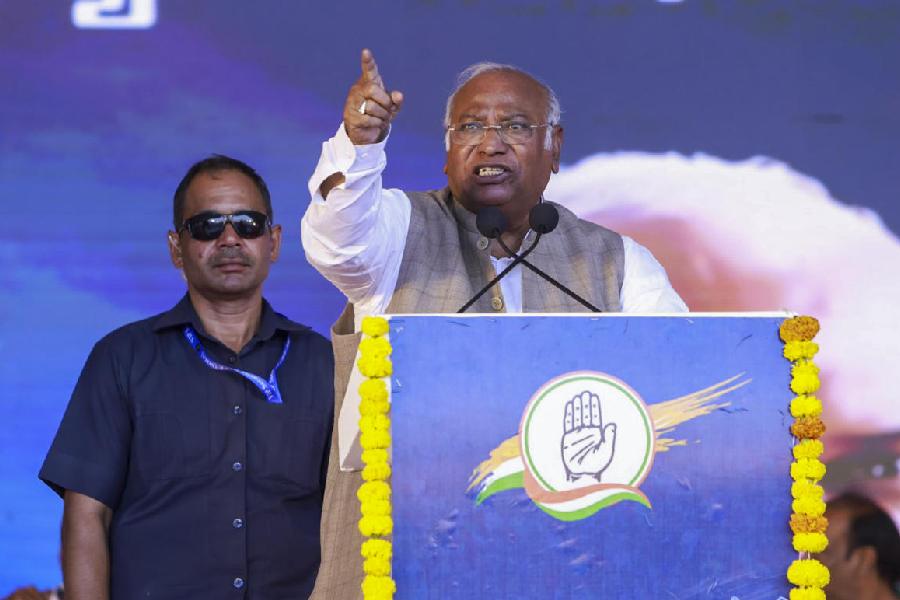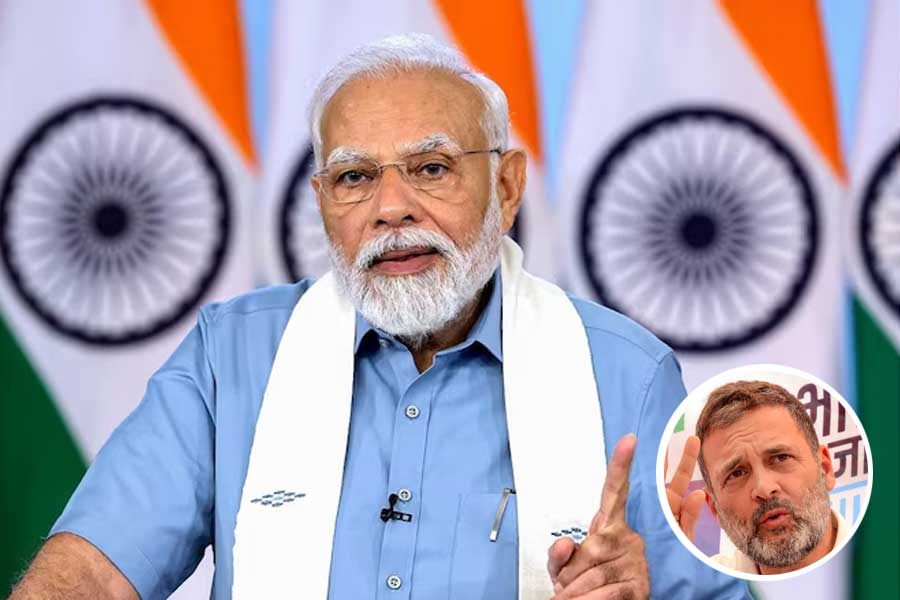
The renowned pianist, Jennifer Heemstra, has not given up on the City of Joy. She was here again recently to present the last concert for the year 2017, and she brought with her two distinguished musicians. One expects no less from Heemstra. These musicians were Deborah Moriarty, professor of piano and chair of the piano area at Michigan State University's College of Music, and James Forger, professor of saxophone and dean of MSU's College of Music.
What, we might ask, is a saxophone doing on a classical music stage? There is, in fact, quite a large repertoire for this beautiful woodwind in terms of music written by the great composers about 100 years after the death of Mozart. It was only in the 20th century that it became a popular jazz instrument, but there is no doubt about its versatility and the beauty of its tone. Bizet, Ravel, Debussy and Prokofiev are among the earlier writers for the alto sax, not to mention George Gershwin.
The first formal concert of this season, at the invitation of the Hyatt Regency, was held on the lawn of the hotel, with cocktails and refreshments. The show began hurriedly, as a few drops of rain threatened to put a damper on the evening's entertainment. Guests rushed to their seats and Heemstra introduced the programme with her usual charm. The rain put itself on hold.
The programme began with the music for the 2002 remake of the film, Catch Me If You Can, written by John Williams. Performed as a concerto for alto sax and marimba, it was played by Forger on solo alto sax with Moriarty playing the marimba and everything else on the piano. The vocal "whoosh" at the end of the first phrase was sadly omitted at their second performance at Kala Mandir. The work is called Escapades, with three movements: "Closing In", " Reflections" and "Joy Ride".
Improvisation 1, by the contemporary Japanese composer, Ryo Noda, was the very short piece that followed. In modes strange to the Indian ear, which is trained to expect European harmonies, it demanded the execution of frequent bent notes or glissandos that Forger seemed to tackle with consummate ease.
The three Slavonic Dances by Antonin Dvorak were played as piano duets (four hands on one piano) by Heemstra and Moriarty. These scintillating, vibrant dances are always popular but were a little lost due to the lack of proper acoustics - there were just two speakers for an open air concert - as were three Preludes by Claude Debussy ( General Lavine - eccentric, La fille aux cheveux de lin and Feux d'artifice). The performances of these sounded so much better in the auditorium of Kala Mandir, where the fireworks of the last piece were truly spectacular.
Eugene Bozza, the French contemporary composer, wrote an aria for saxophone and piano. This was a short showpiece which Forger played with a purity of tone in its long melodic lines. The raindrops began to make themselves felt during the last piece - it was truly jazzy at last. "Oodles of Noodles" by Jimmy Dorsey, played by Forger and Moriarty, was an exciting end to the evening.
Cries for an encore could not be rewarded as the rain came down and the team of helpers rushed up to take care of the piano and other instruments and equipment. However, at Kala Mandir, the musicians did play a memorable encore - the sublime " Vocalise" by Rachmaninoff. Forger was on the sax, and both Heemstra and Moriarty shared the accompaniment. It was a poignant and wonderful end to the year's series of concerts. We look forward to January, when Heemstra comes to Calcutta again with two cellists.










